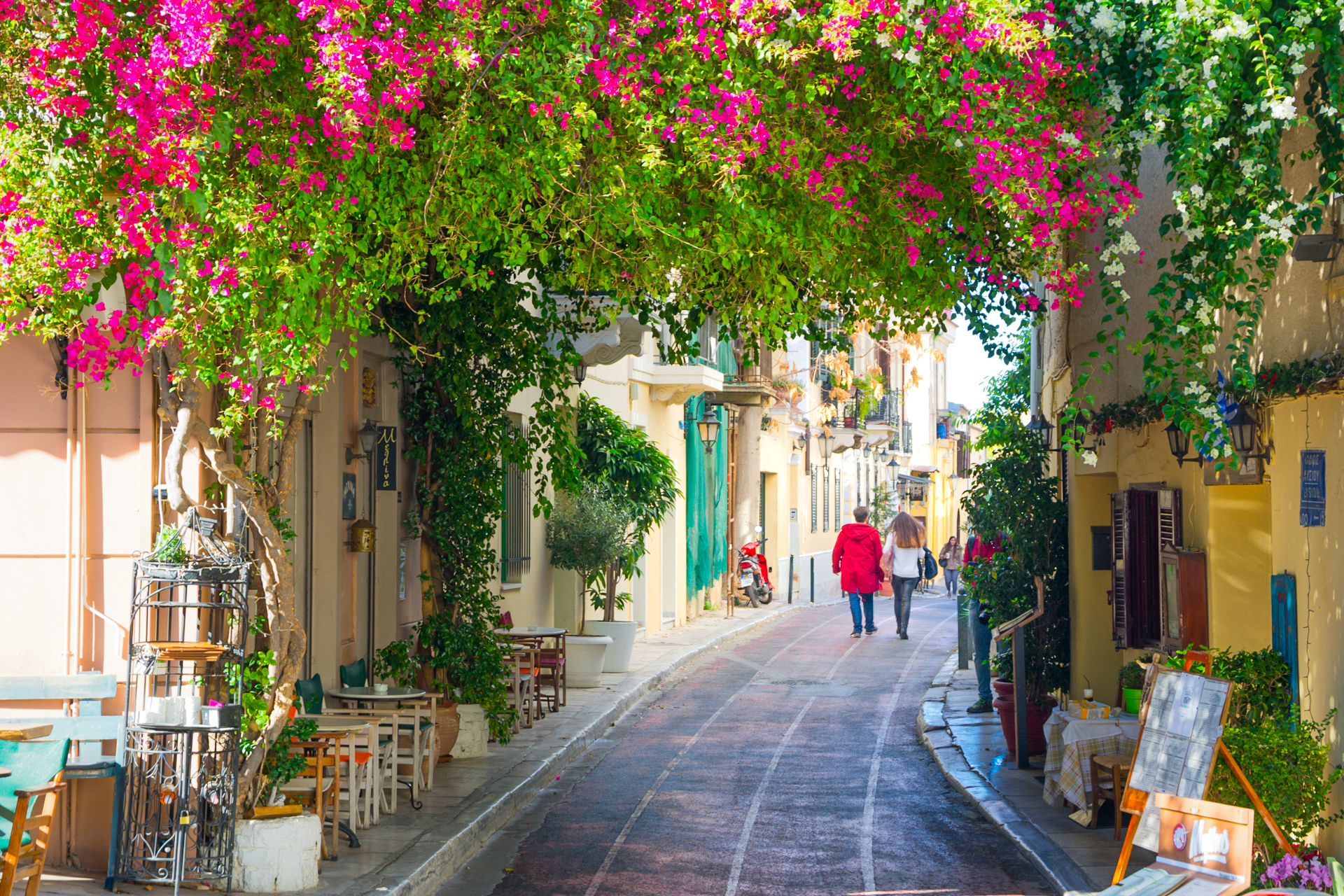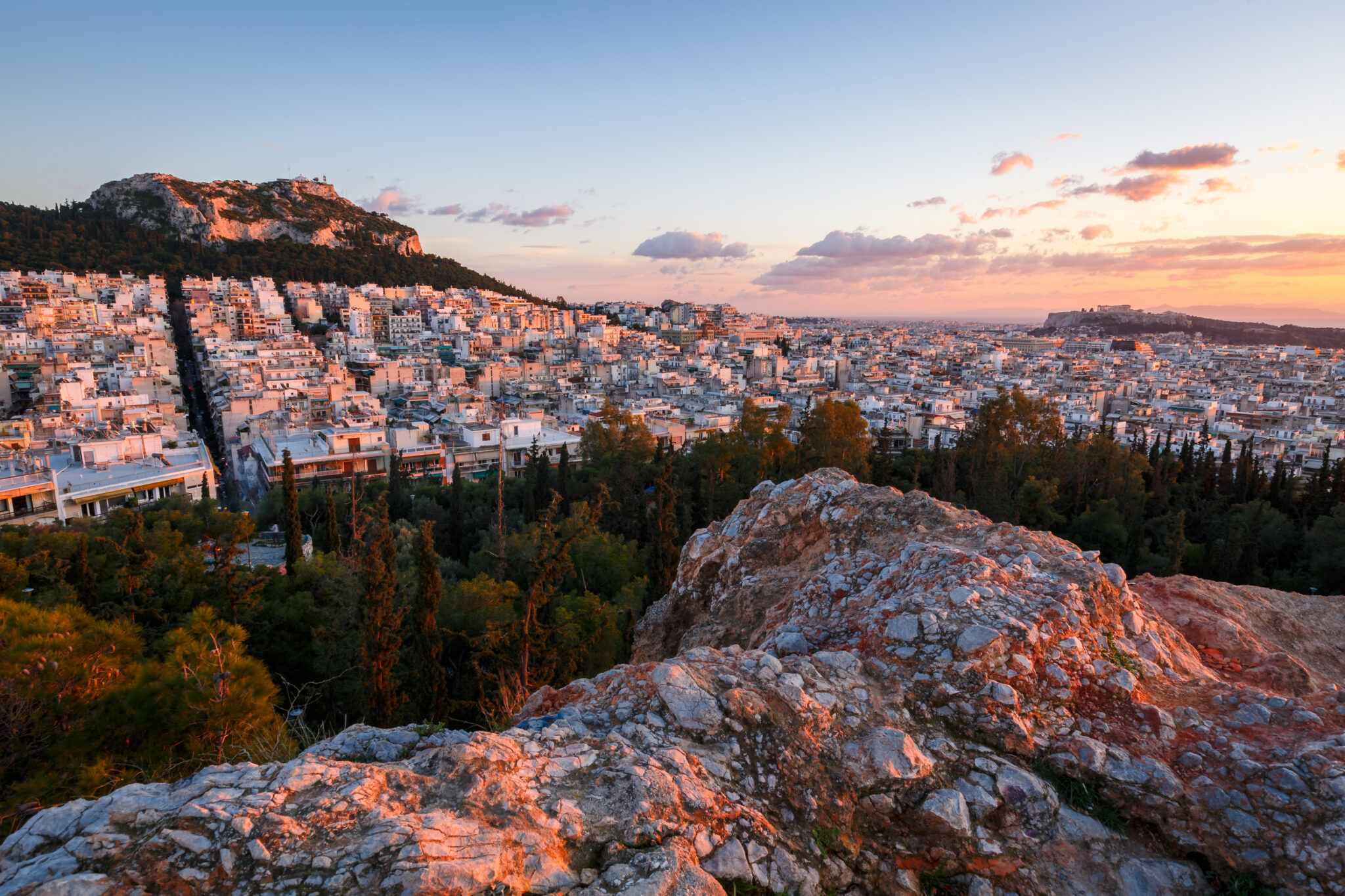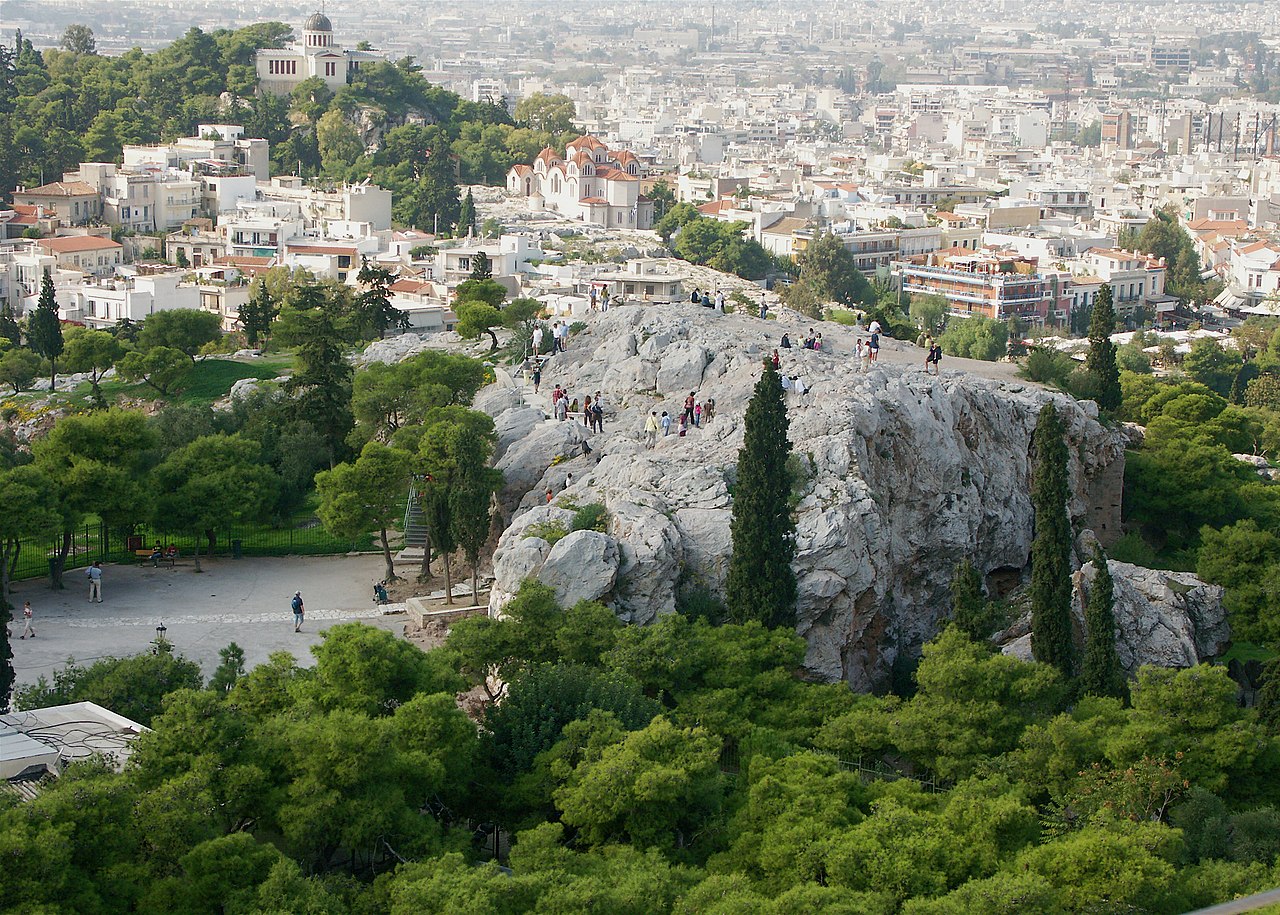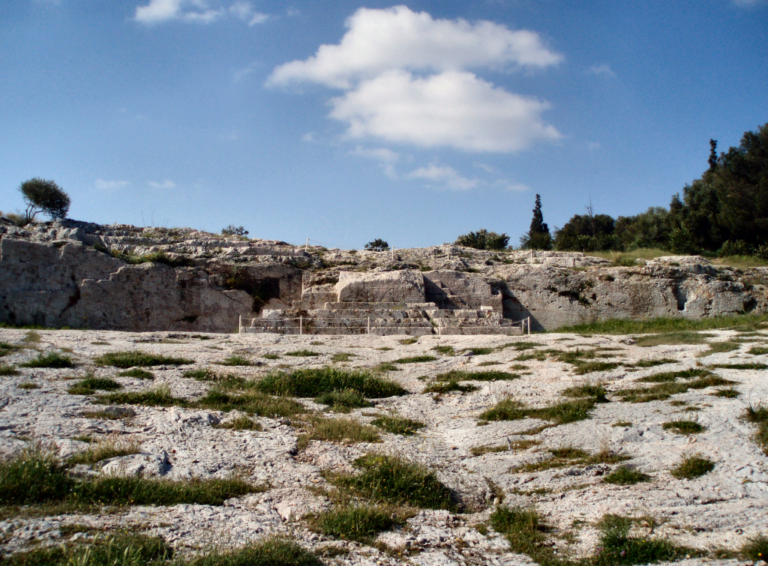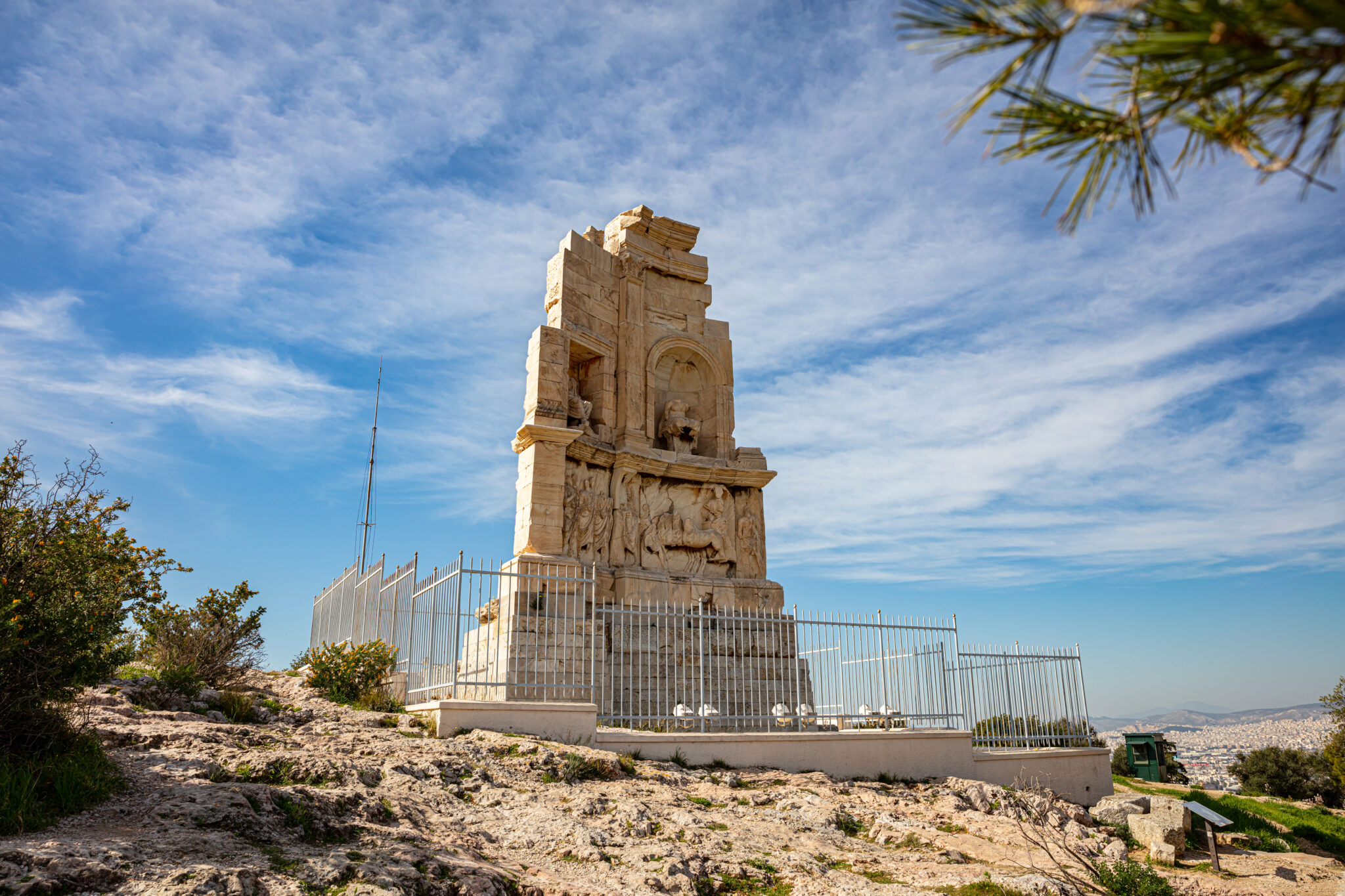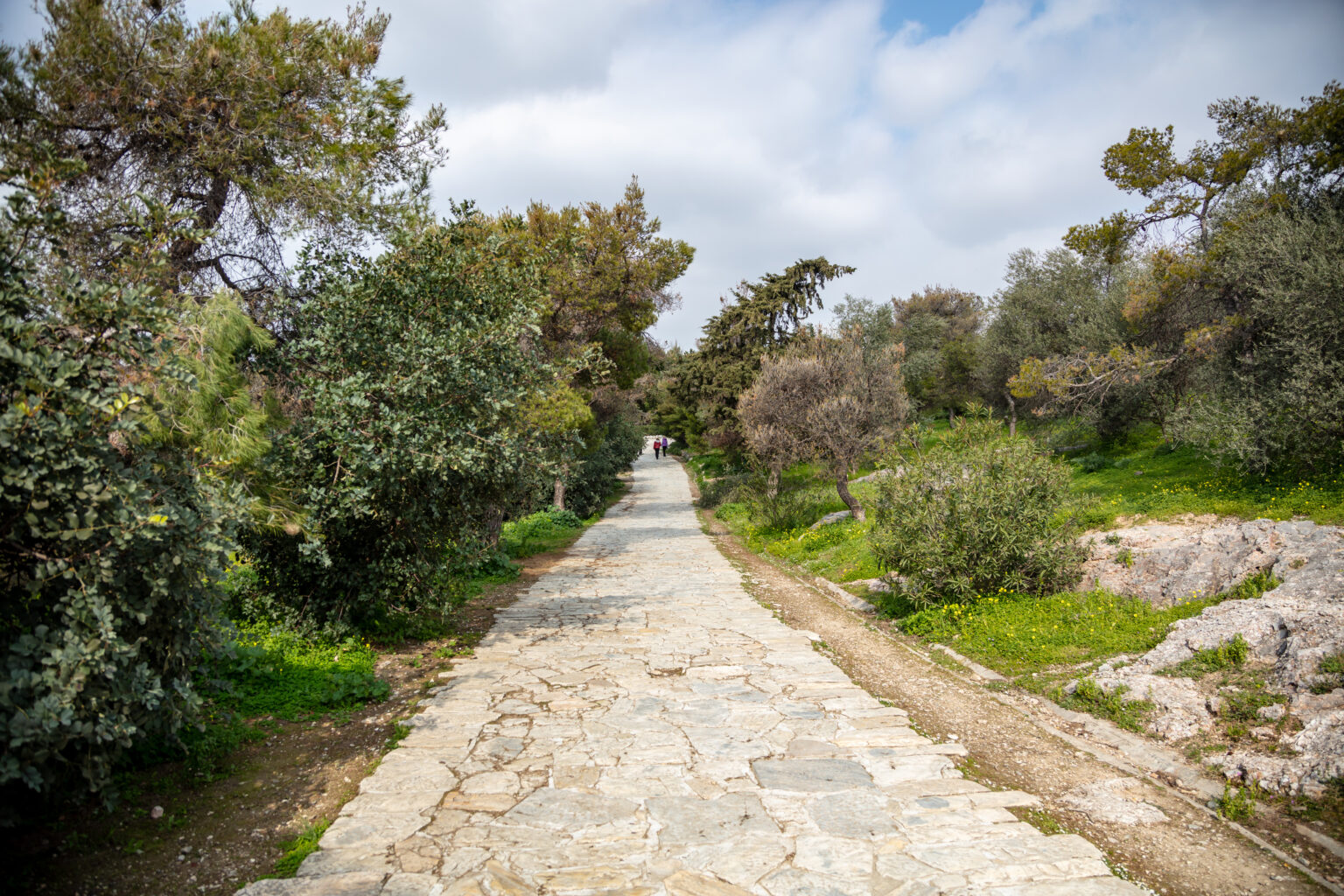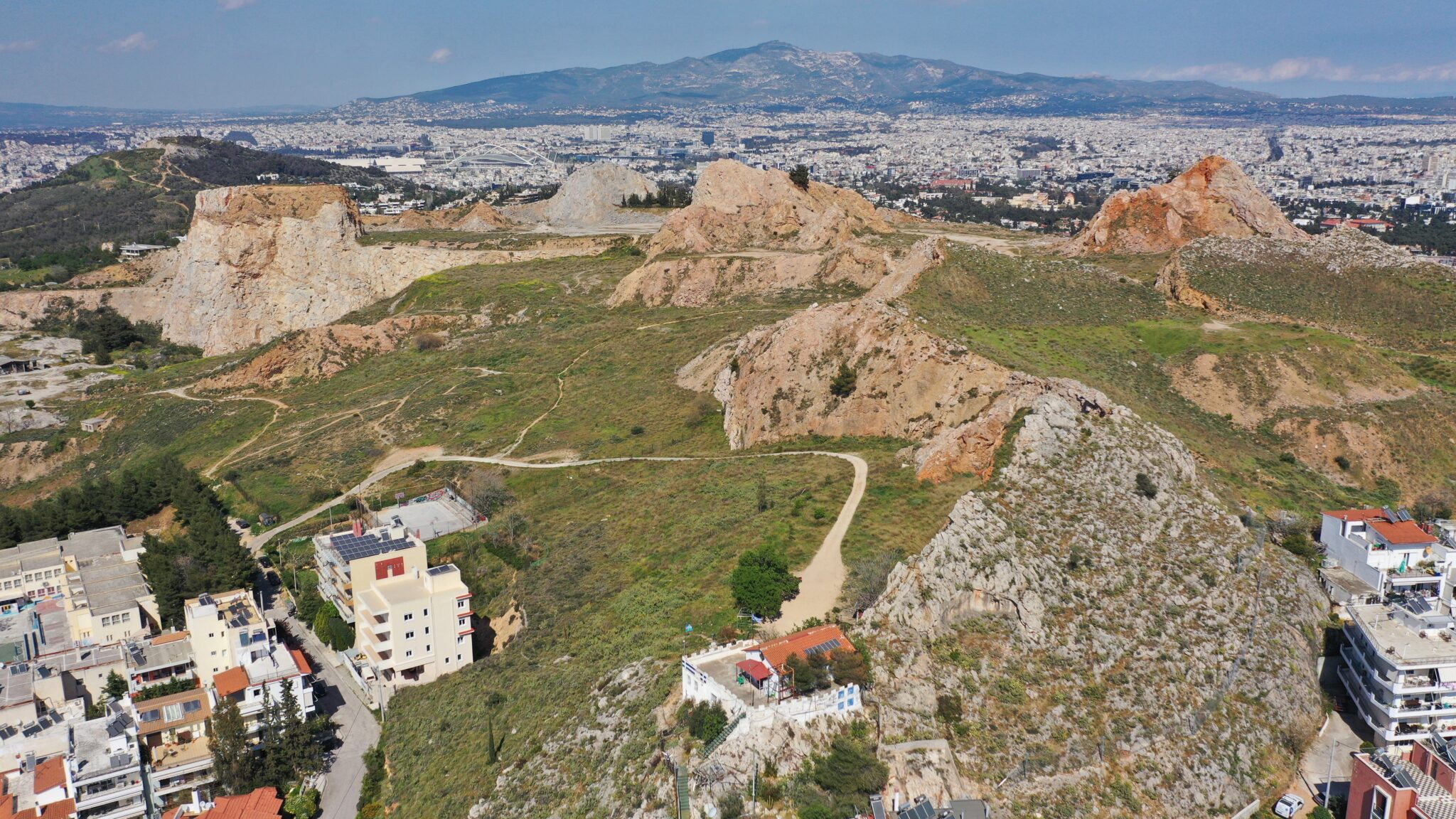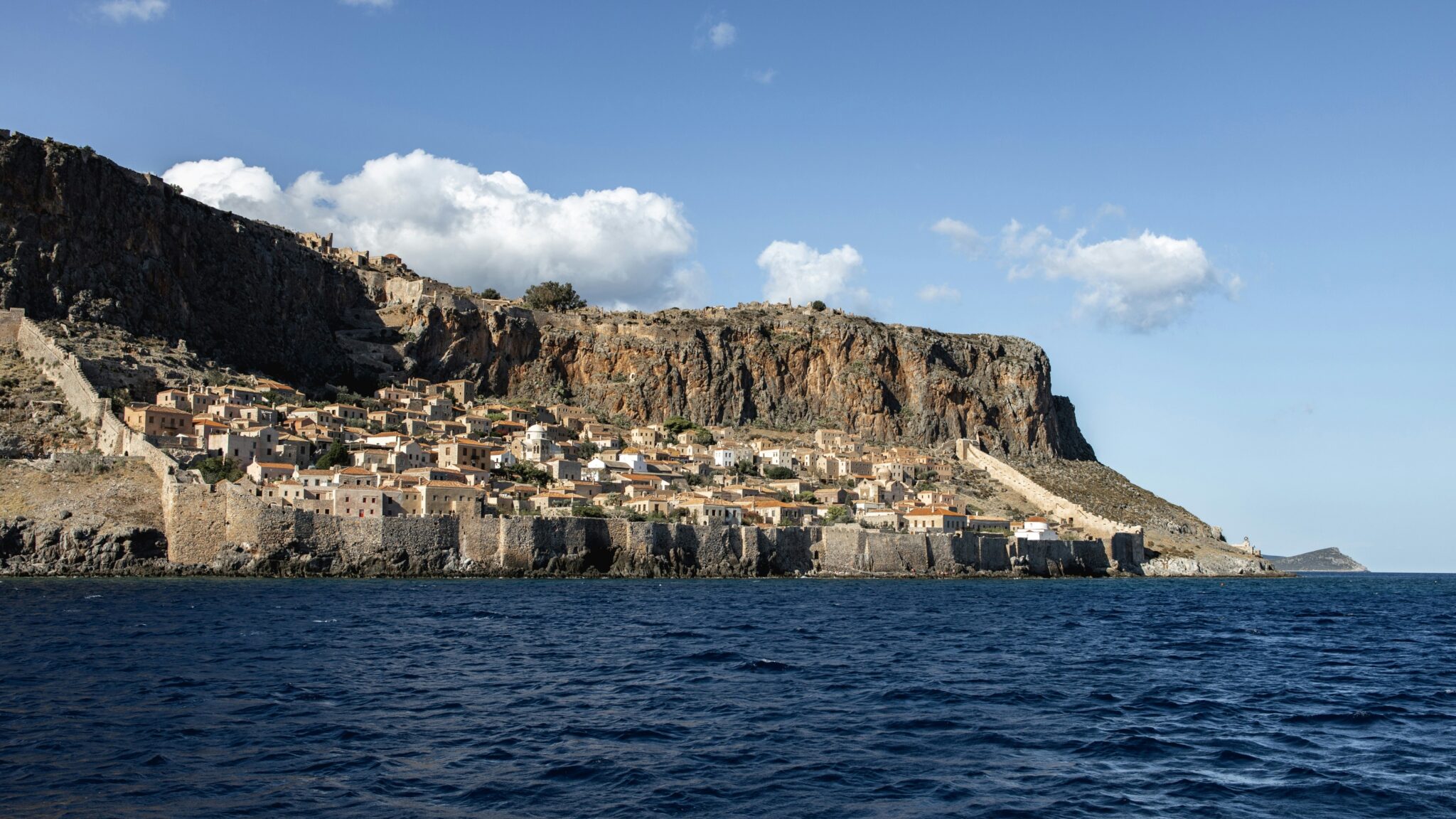Some of the best experiences in life don’t cost a thing, and this is certainly true for those who make the effort to hike up the hills in the center of Athens. While the city may no longer have its precious rivers, its hills still provide a wealth of beauty and cultural richness. They also offer a chance to get some fresh air and take a leisurely stroll in the heart of the city.
Buzzing around town in a rental car is a great way not to miss out on any of these top locations.
Lycabettus Hill
The conical hill at the center of the city is a popular destination for visitors and locals alike. It is a place where people go jogging, walking, and even bring their pets. The hill is covered in pine forests, and from the top, you’ll can take in some of the best views in the city.
Wordsworth, who visited Athens in 1832, noted that the mountain was known locally as Saint George due to the small church at its summit. However, he discovered that ancient texts referred to the hill as Lycabettus, and he believed this to be the hill’s true name. It is also known as Dios Oros or the Mountain of Jove. Some people say that the hill was once home to wolves, which is why it is called “path of the wolves” or “where the wolves go.”
Today, the Hill is home to the Horizon Cafe-restaurant, the small church of Saint George at the top and a little lower down, on the south facing slope the church of the Saint Isidores built into a quartz cave. If you don’t feel up for the hike, you can take the Funicular Railway from the top of Ploutarchou Street in Kolonaki for 7 euros each way.
The hill of the Muses
Northeast of the Acropolis, a rocky hill 115 meters high was, in antiquity, the site of the judicial body and specifically the Assembly of the Areopagus. On this hill, in 51 AD, the Apostle Paul preached Christianity to the Athenians for the first time. It’s a place with a magical view of the Propylaea and Parthenon. Crowning the hill of the Muses is the observatory, the oldest research institute in Greece (1842). The National Observatory, is a neoclassical building designed by Theofilos Hansen. The historic telescope is still in use and there are open evenings for anyone who wishes to spy deeply into space.
In antiquity, at the top of the hill, there was a temple dedicated to the Nymphs, protectors of marriage and fertility. The Grandiose Church of Saint Marina, on the eastern side of the hill, was constructed using the designs of the famous architect Ernst Ziller (1837-1923).
The Pnyx
This hill is the spiritual home of democracy. On the Pnyx, the ‘Ekklesia‘ of the City held sessions for all matters of Athenian democracy. Important personalities, decisive decisions, and renowned addresses took place in this spot. On the north side of the hill, facing the Acropolis, foundations of houses, cisterns, and stairs of the Melite municipality that existed here are preserved, and excavations uncovered two large stoae, an altar to Zeus Agoraios, and the sanctuary of Zeus Hypsistos. Saint Dimitrios Loumbardiaris is one of the most beautiful churches in Athens. The inspired architect and town planner, Pikionis, carried out extensive maintenance work on the church and laid wide cobblestones paths, leaving his mark on the area.
Philoppappos Hill
Phillopappos Hill is a picturesque hill covered in pine trees located next to the Acropolis. It has dirt footpaths that wind around the circular hill and lead to the top, where you will find the grand Tomb of Phillopappos. This monument is dedicated to Gaius Julius Antiochus Phillopappos, a prince of Commagene in Syria and a well-respected benefactor of the city. The tomb was built in 114-116 AD from gleaming white Pentelic marble and sits atop a base that is three meters high. Despite undergoing significant changes over the centuries, the tomb gained even more historical and cultural significance in 1957 when an archaeological investigation uncovered a burial chamber within, solidifying its status as a mausoleum. For the past two thousand years, the mausoleum has been a must-see destination for visitors to Athens, offering breathtaking panoramic views of all the city and its mountain and sea borders.
Skouze Hill and Strefi Hill
Located within the city of Athens are two hills that are much loved by locals and tourists alike for their beauty and convenience for leisurely strolls. Skouze Hill, situated near Sepolia, boasts the stunning Church of St. Emilianos at its summit. Its name stems from the Skouze family, who once owned significant tracts of land in the area prior to the Revolution. Another notable hill is Strefi Hill, located between Exarcheia and Neapoli. The Strefi family, like the Skouze family, once owned a large amount of land in the region, and their legacy lives on in the hill’s name. In the 19th and 20th centuries, a quarry operated on Strefi Hill, dramatically altering its appearance. However, after the quarry’s closure in 1920, the hill was reforested and is now owned by the Municipality of Athens, where it serves as a popular destination for walkers and nature enthusiasts.
‘Tourkovonia’
The Tourkovonia (Turkish hills), once known as Lykobounia (hills of the wolves) offer a refreshing escape for residents of four neighborhoods – Galatsi, Kypseli, Polygono, and Psyhiko. The central road of the hills offers panoramic views of the city and can be accessed directly from pathways in these neighborhoods. There are some lovely wide footpaths to stroll on aswell as some trails to hike. and can visit the open Attiko Alsos park or Zafiro café-bar and outdoor cinema. The area is also home to a variety of wildlife, including chickens and geese. The views of Lycabettus, the Acropolis, and the sea at sunset make it a magnet for couples. The name Tourkovonia is believed to have originated either from a Turkish cemetery that was located here or, according to some accounts, because Turkish Pasha Omer stationed his armies here before Athens was liberated (1828). From 1937 to 1976, a marble quarry operated in these mountains, transforming the landscape significantly.
Read also:
Trekking at an ‘open-air museum’ of geology and ancient technology in Greece
4 Mount Parnitha trails, easily reached, ideal for weekend escapes





